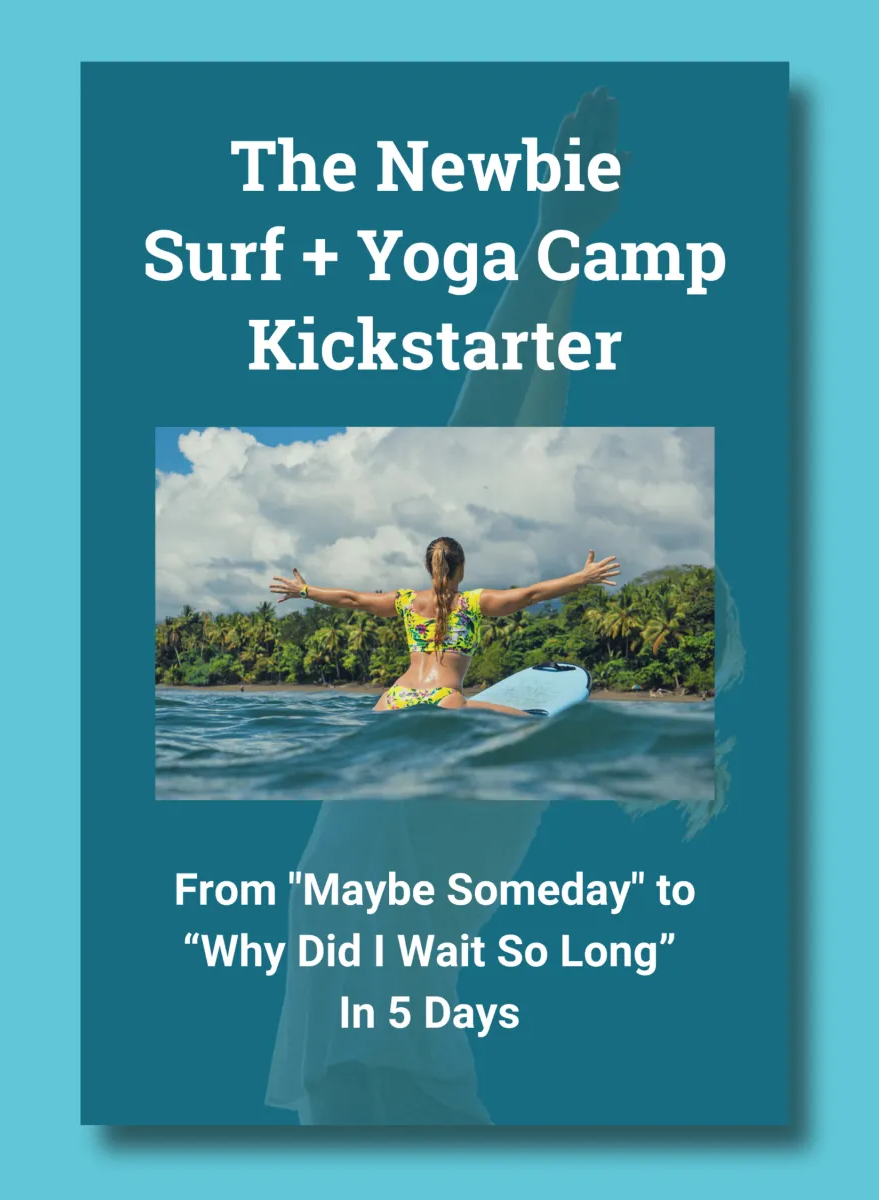“When you own your breath, nobody can steal your peace.” ~Author Unknown
In the great ocean of knowledge inside the science of yoga, there are many essential principles which we can learn to improve our quality of life and our relationship with the outside world. Among them, a very important one is Pranayama. It is the Sanskrit name given to deep breathing techniques and exercises which maximize the intake of Prana (“vital energy”). Having better control of our breathing can benefit our whole self in many ways. It can reduce stress and anxiety, promote calmness and relaxation, raise energy, and increase the health of our whole body.
Learn Pranayama breathing techniques and how they benefit you both on and off your yoga mat.
But what is Prana? Those of us who faithfully follow the knowledge of yoga could speak for hours about the subject. In a nutshell, Prana is what keeps us alive. Our overall health and the strength of our immune systems depends on the amount of Prana we keep inside of us. It goes up and down through our lives, depending on what we are doing (or not doing).
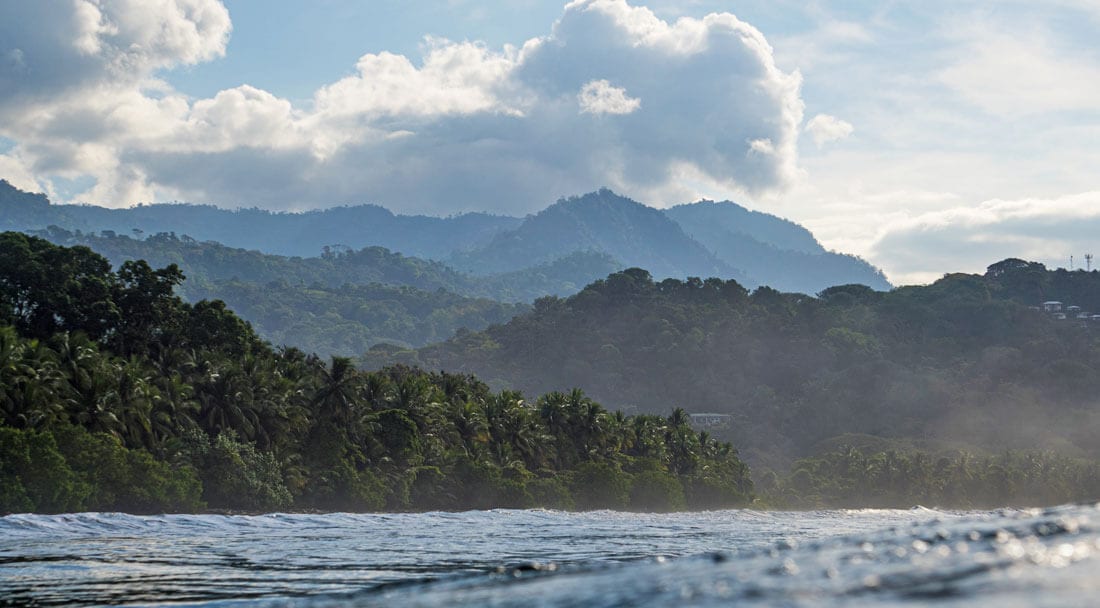
Prana is the invisible energy that links us to all living things
How to increase our Prana
“Breath is the bridge which connects life to consciousness, which unites your body to your thoughts.” ~Thích Nhất Hạnh
To make it easy, here are a few ways to increase the amount of Prana in our bodies. First of all, by turning our attention to nature and being nurtured from it. Prana is that invisible yet obvious link that connects all living things in this big web of life. Next up, rest of both the mind and body is imperative to health. Sleeping well, slowing down, and meditation. Also, eating well. I like Michael Pollan’s quote: “Eat real food, not too much, mostly plants.” Veggies, fruits, that which comes from the earth, and preferably locally-sourced, are overloaded with Prana. Other than that, there are still ways to improve one’s Prana. Enjoying life, spending time with people that help us to raise our vibration, avoiding toxic relationships. Watching our thoughts. Working (again, not too little, not too much). Serving others from a space of generosity and compassion. These are also great ways to increase our Prana. But of course, Pranayama breathing is one of the best.
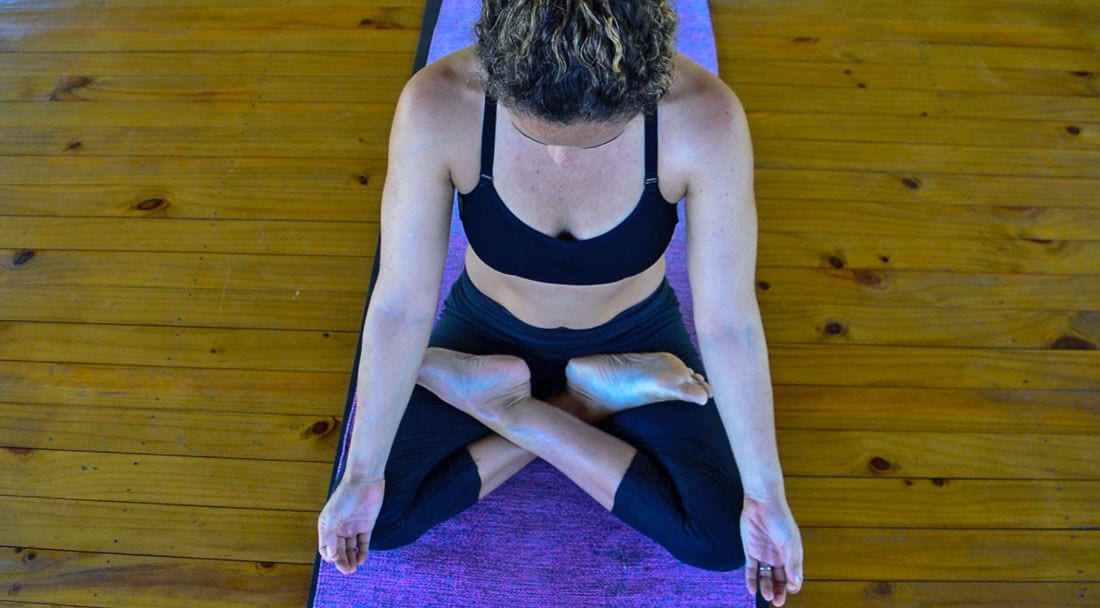
Pranayama breathing can help with meditation
Yogic roots of Pranayama breathing
Going back to the Sanskrit name: Prana means “vital energy” and Yama means “extension”. All together, this term means: Extension of our vital energy. It is the fourth branch of the Eight Limbs of Ashtanga Yoga as written by Patanjali in the Yoga Sutras. They are seen as the “yoga path” to overcome suffering. When we touch upon the subject of Pranayama in the eight limbs, I would say that is the transition point between the most physical aspects of the path into the more energetic and subtle ones.
I like to call Pranayama a way to discover one of our most sacred “superpowers”. One aspect I find really interesting about our breath is that it is both involuntary and voluntary at the same time. Many involuntary functions of our physical system are out of our control. Isn’t it incredible that we can access and modify the flow of breath, our biggest and most essential source of life? This is probably one of the most amazing tools I have discovered in the practice of yoga. The fact that we can voluntarily control a part of our energy intake that affects absolutely everything else inside of us.
Another great aspect of this practice is that you can actually improve as you age, in contrast to the asana practice (doing physical postures). Your lung capacity keeps expanding, and so do its benefits.
Our online yoga classes will show you how to incorporate the yoga philosophy and its numerous benefits — physical, mental, and spiritual — into your life!
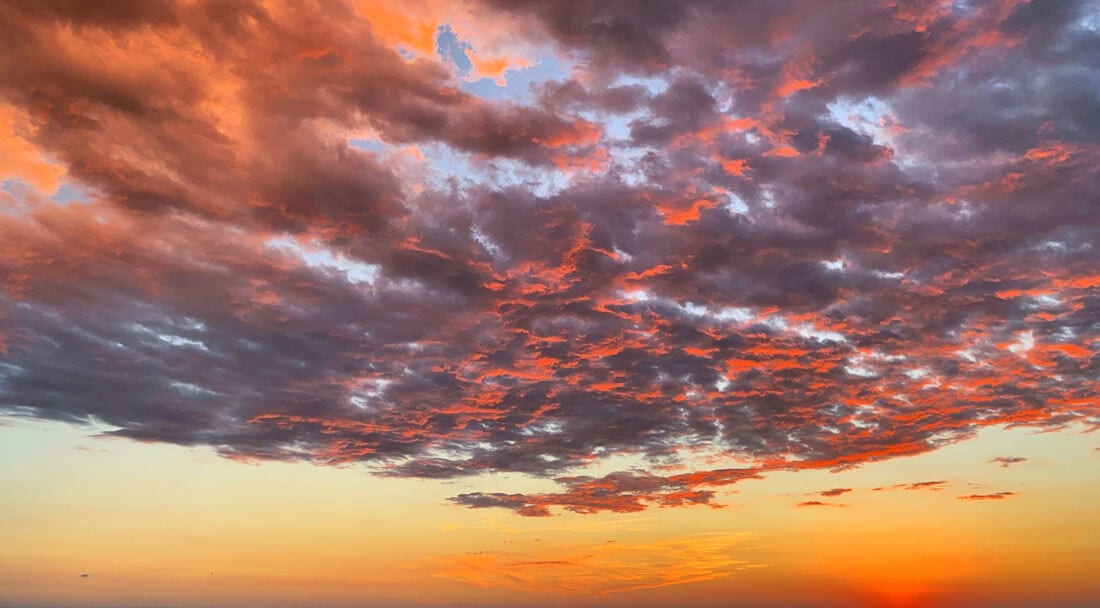
With Pranayama, your breath will rise and fall like the sun in the sky
Pranayama breathing benefits
“Breathing is simple, gracious, soothing and always there for you” ~Karenina Ana Murillo
Having better control of our breathing benefits benefits our whole self in many ways. Probably most notable is that it is a very effective tool in reducing stress and anxiety, increasing focus, and making us feel more calm and tranquil. Pranayama breathing techniques reduce the amount of work the heart needs to do, making it stronger and more efficient. It reduces the cardiac rhythm, which relaxes our nervous system, and helps us feel better. It also brings a greater amount of oxygen and blood to our body, which improves the digestive functions, the metabolism, and even encourages weight loss. For those who practice sports, it improves both physical fitness and concentration.
I would like to expand a little more on the last one: concentration. One of the benefits that I enjoy the most, is the effect on my capacity to concentrate. If you sit down right this moment, close your eyes, and start watching your breath and breathing more slowly and calmly through your nose and with your mouth close, you will notice that it brings your mind into the present moment. More so if you take a little pause between each breath. During the pause, you might notice that your mind stops for a brief moment.
Over time, this experience might become deeply enjoyable. I once heard from a great yoga teacher the following statement: “Yoga is that pause between two breaths.” In yoga, we call it Kevala kumbhaka. As you continue practicing, this can become longer and longer, but that takes work and experience.
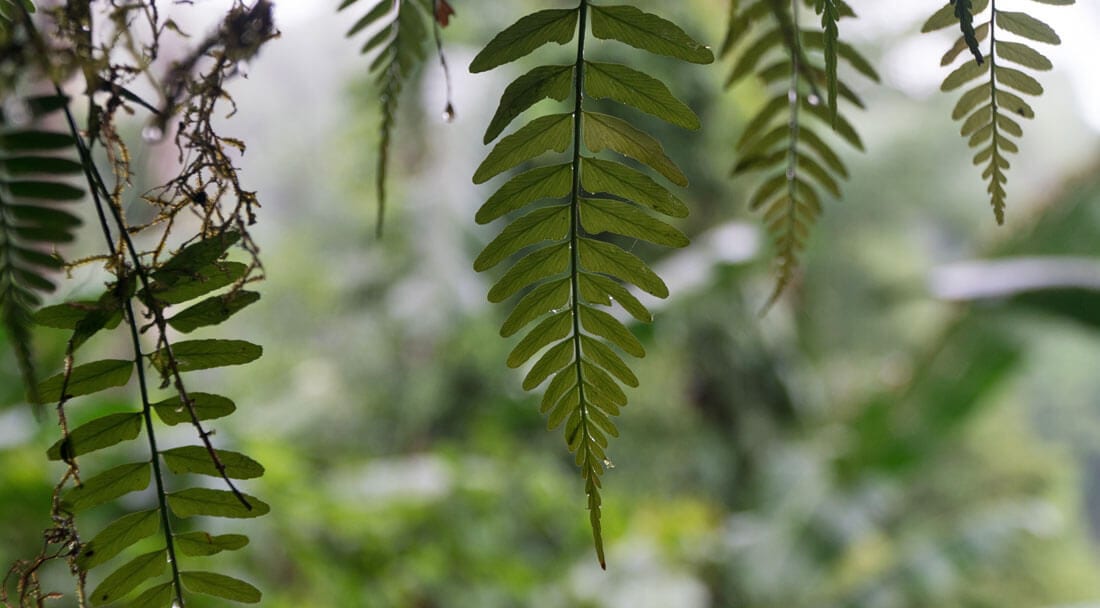
To increase prana, allow yourself to be nurtured by nature
Where and how to start a practice of Pranayama breathing
“Some students are in a hurry to begin “real” pranayama. They go right to the later stages without first laying a quality foundation, and their practice often suffers. First find out what is. This is also part of the answer to the question, Who am I?” ~Richard Rosen
It’s best to start with a teacher, and to do simple breathing. Generally, the Pranayama practice is not something we should rush into, as it can create more damage than good. Bad or aggressive techniques of Pranayama — or even jumping in to something we are not ready for that can profoundly affect our nervous system — can create high levels of anxiety or other illnesses.
A few simple tips for Pranayama breathing
- To begin with, I recommend just to start by watching your breath, and try to slow it down.
- Notice the qualities of the breath, the speed, the places where you visualize the breath moving and stopping.
- Find the blockages. If you feel pain, tension, or weakness in any part of the body, breathe into it. As your breath visits those areas, try to mentally relax the muscles, bones, and organs around it.
- Take a pause between the inward and outward breaths. If you are new to this, note that it doesn’t need to be a long pause — two seconds would do the trick.
- Then as you exhale, try to consciously imagine you are releasing whatever blockages that are there.
- Notice the change of temperature as your breath in and out.
There are so many different details of the breath that we don’t pay attention to and this is a great opportunity to discover them.
Visualization and imagination with Pranayama breathing
If this is new to you, start with just five minutes of conscious breathing and then extend over time. As you do this, try to think of your inhale not just as air coming in through your nose, but more so an absorption of pure energy from Mother Nature. Imagine it as an internal shower of healing energy. As you exhale, imagine that you are giving back that energy. A harmonious cycle with nature. Inhale. Exhale. Repeat. Once and again.
Visualization and imagination are also great tools to increase the power of your breath. I like the following ones:
- Waves, coming in and out
- The flow of energy moving in and out of my body
- Rhythm and symphony which makes me feel in tune with my surroundings.
These are just a few examples of what I apply to my experience, you can find your own which work for you!
Final tip: Over the course of the day, I have what I like to call my “transition times.” If I feel stressed, overwhelmed, tired, or if I have to switch from one activity to another and my mind hesitates. I take a short pause (wherever I am) I close my eyes and focus on my breath. It can be just a moment, but it completely changes my state of mind.
Last advice from Thích Nhất Hạnh: “Smile, breathe and go slowly.”
Namaste!
Get a Toolkit to Create Calm in Your Inbox
Watch the first lesson from our full immersive course: 8 Limbs of Ashtanga Yoga, FREE!
Change the heading on the Separator tab ->
Search
Get a Toolkit to Create Calm in Your Inbox
Watch the first lesson from our full immersive course: 8 Limbs of Ashtanga Yoga, FREE!
Change the heading on the Separator tab ->
Most Read Blogs
What is the Meaning of Anjali Mudra?
May 27, 2020
Fitness for Surfers: Workouts, Exercises & Training
February 10, 2022
The Best Places to Eat in Uvita, Costa Rica
May 19, 2022
How to Get From SJO to Costa Ballena, Costa Rica
May 31, 2018
Change the heading on the Separator tab ->
Categories
Categories
- Bodysurfing (5)
- Food (7)
- Responsible Business (6)
- Surfing (64)
- Travel (65)
- Yoga (41)
Change the heading on the Separator tab ->
Newsletter
Thanks for subscribing! Please check your email for further instructions.
Change the heading on the Separator tab ->
Follow Us
Pilar
Change the heading on the Separator tab ->
Read more
5 Advanced PNF Stretches for Surfing
Words by Guest Post
Like in any sport, surfing requires exceptional mobility and range of motion in the joints. Stretching is a great tool to gain mobility for those eye-catching maneuvers or a post-session recovery routine….
A Typical Day: Bodhi Sessions 7 Day Surf + Yoga Camp
Words by George Frost
If you’re looking for a surfing and yoga experience that inspires, educates, and empowers – look no further! Our Bodhi Sessions 7 Day Surf + Yoga Camp is designed to help you…
A Typical Day: Bodhi Sessions 14 Day Surf + Yoga Camp
Words by George Frost
If you’re looking for a surfing and yoga experience that inspires, educates, and empowers – look no further! Our Bodhi Sessions 14 Day Surf + Yoga Camp is designed to help you…




